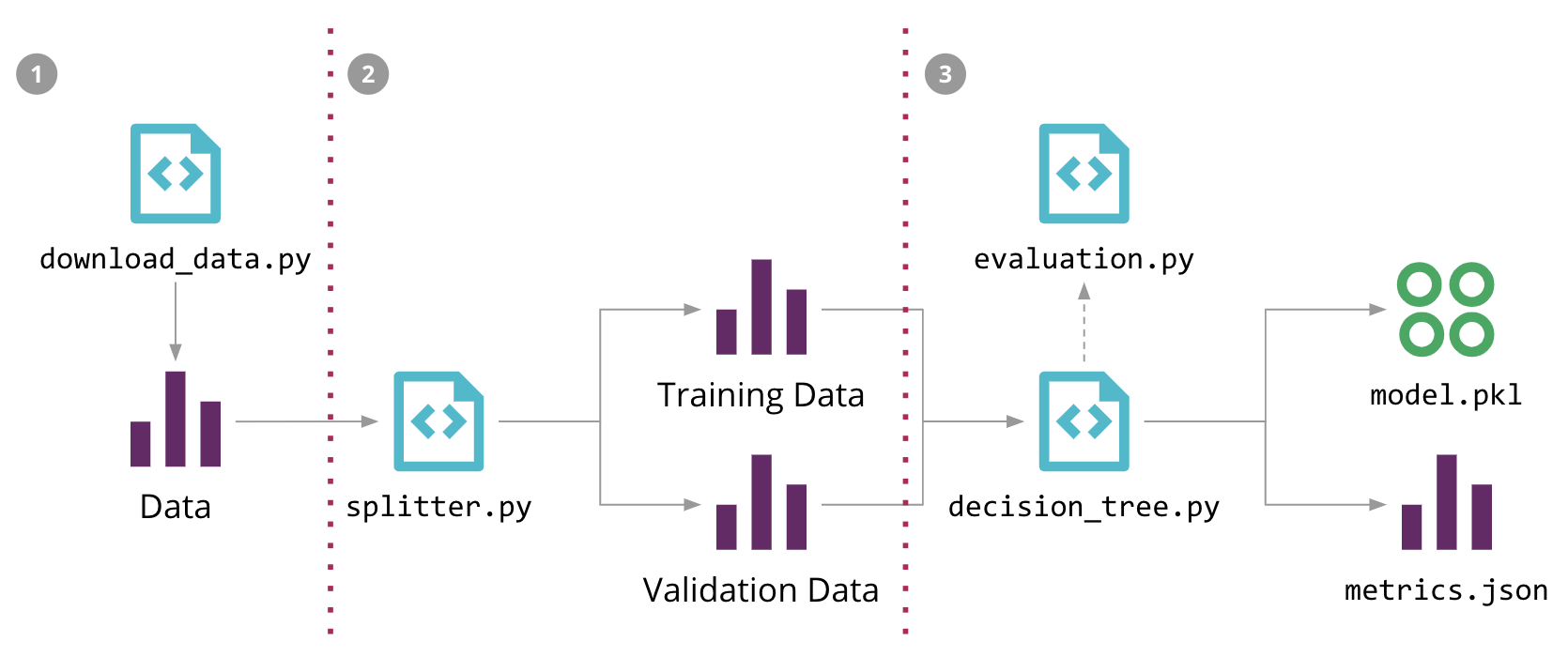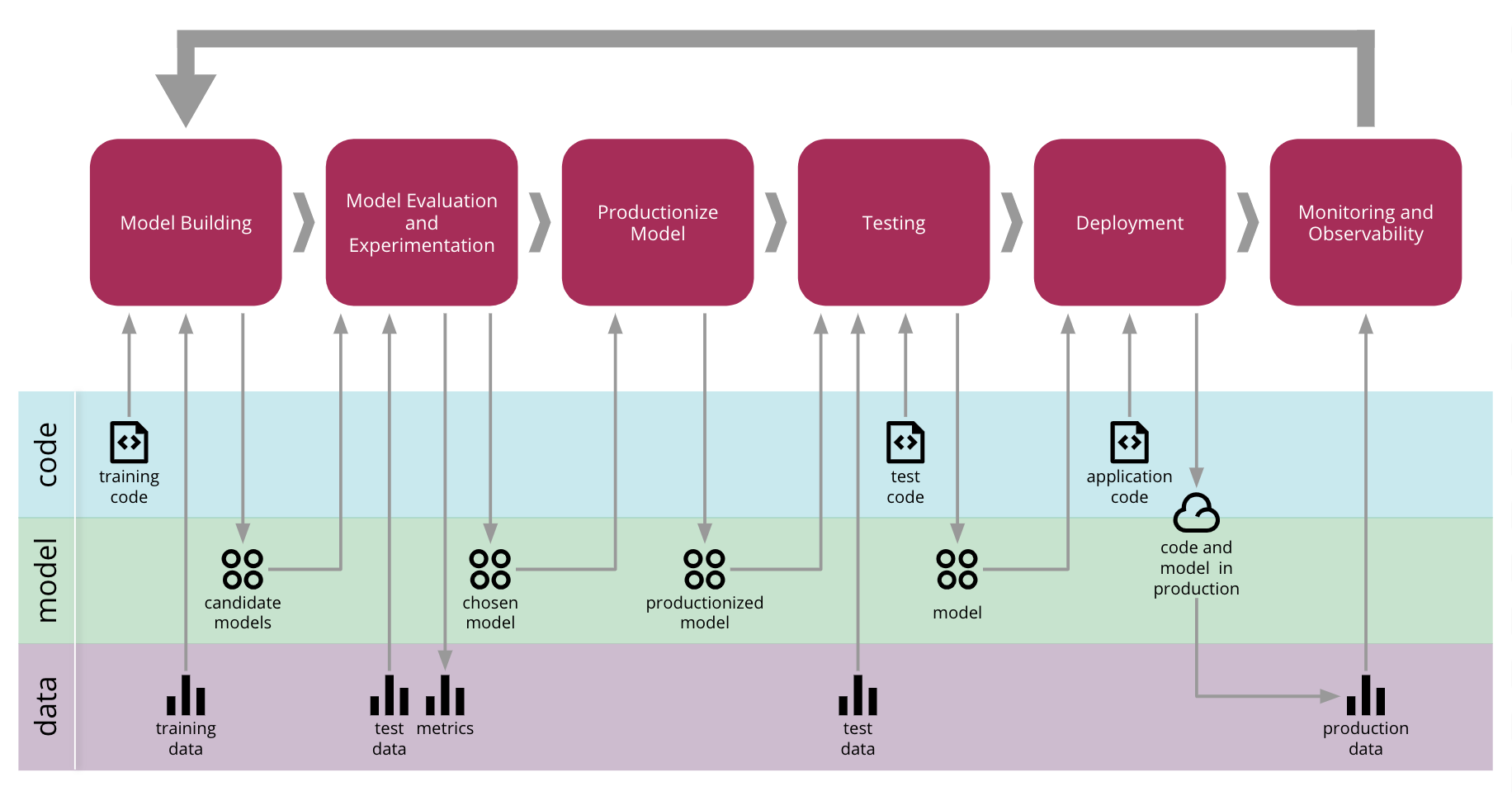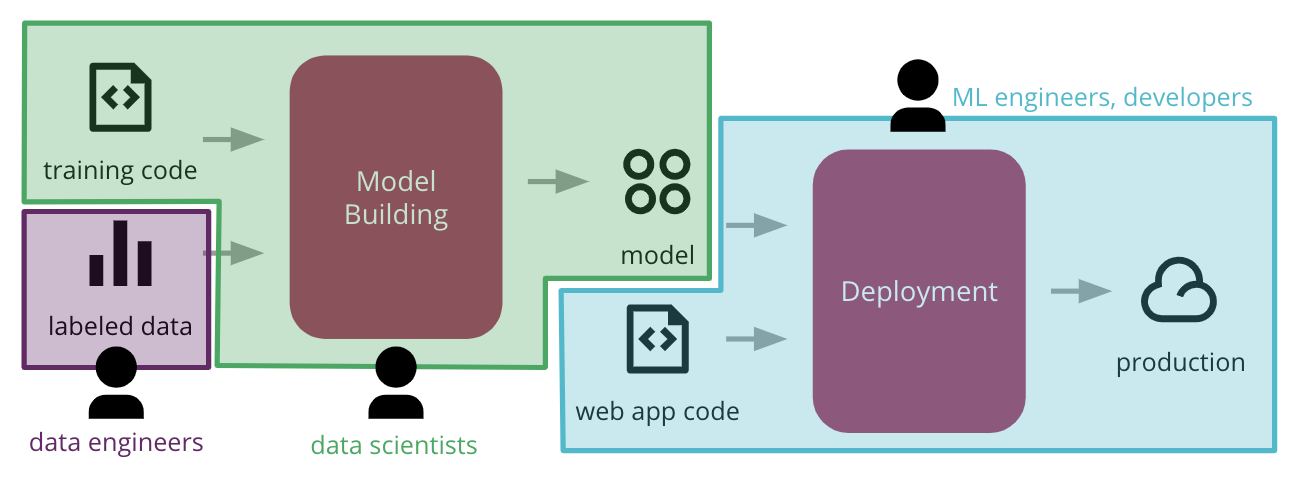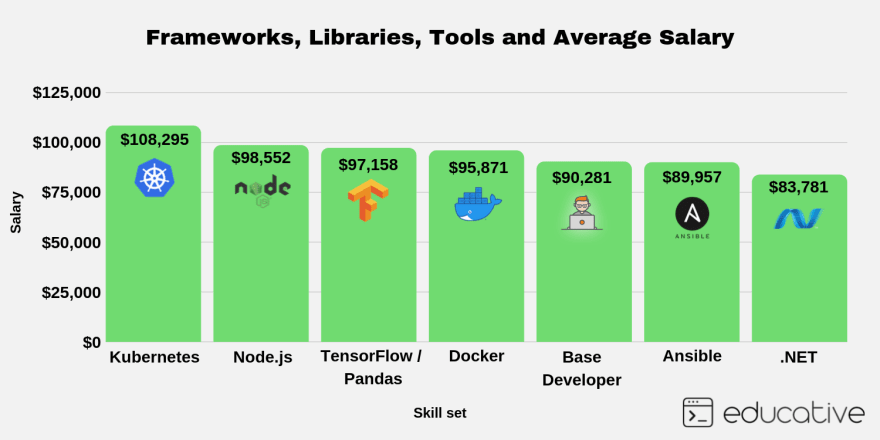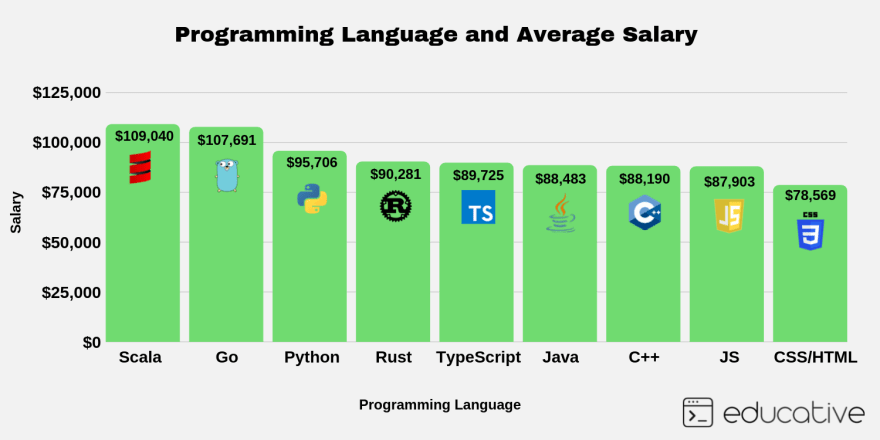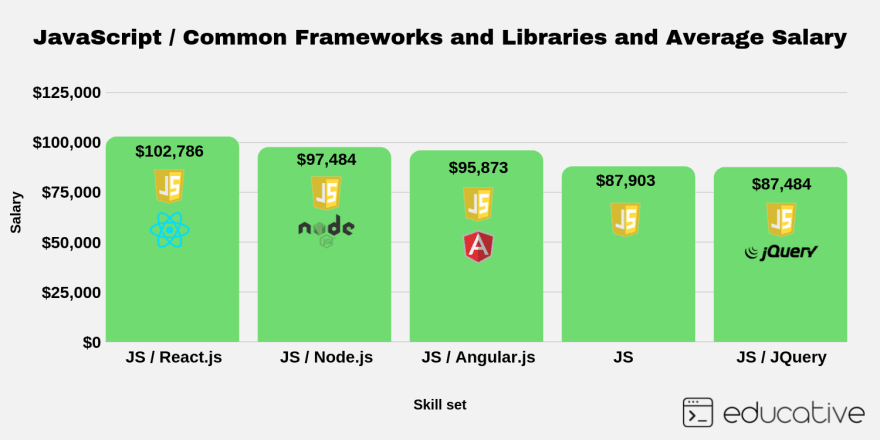First, you’ve spread the logic across a variety of different systems, so it becomes more difficult to reason about the application as a whole. Second, more importantly, the logic has been implemented as configuration as opposed to code. The logic is constrained by the ability of the applications which have been wired together, but it’s still there.
Why "no code" trend is dangerous in some way (on the example of Zapier):
- You spread the logic across multiple systems.
- Logic is maintained in configuration rather than code.

